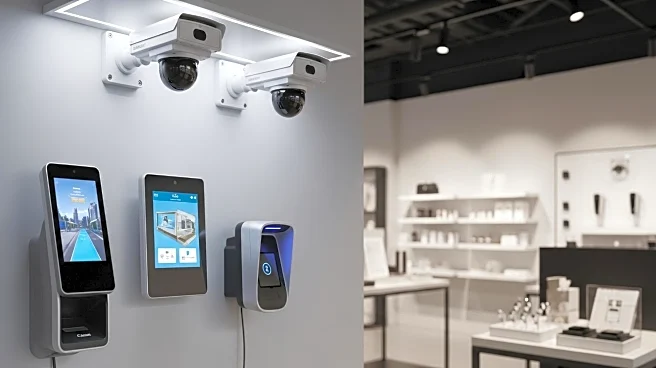What's Happening?
Returns fraud is increasingly impacting retailers, with a report by Rebound Returns indicating that approximately 2.2% of returns are fraudulent. This issue is costing major fashion retailers between $30 million to $50 million annually. Fraudulent returns can range from blatant scams, such as returning items different from those purchased, to more subtle forms like 'wardrobing,' where items are used and then returned. Retailers are struggling to balance aggressive returns policies with maintaining customer satisfaction, as evidenced by backlash against companies like ASOS and PrettyLittleThing for implementing returns fees.
Why It's Important?
The financial impact of returns fraud is significant, affecting retailers' profit margins and operational costs. As fraudulent returns continue to rise, retailers must find ways to combat this issue without alienating customers. The challenge lies in implementing effective fraud detection systems while ensuring a smooth and satisfactory returns process. This situation highlights the need for technological solutions to identify and prevent fraudulent activities, which could ultimately protect retailers' bottom lines and enhance customer loyalty.
What's Next?
Retailers are likely to invest in technology to better detect and prevent returns fraud. This includes using data insights to identify suspicious patterns and implementing manual checks when inconsistencies arise. As the industry seeks to address this growing problem, maintaining a balance between fraud prevention and customer experience will be crucial. Retail leaders may need to explore innovative strategies to safeguard their businesses while keeping customers satisfied.











